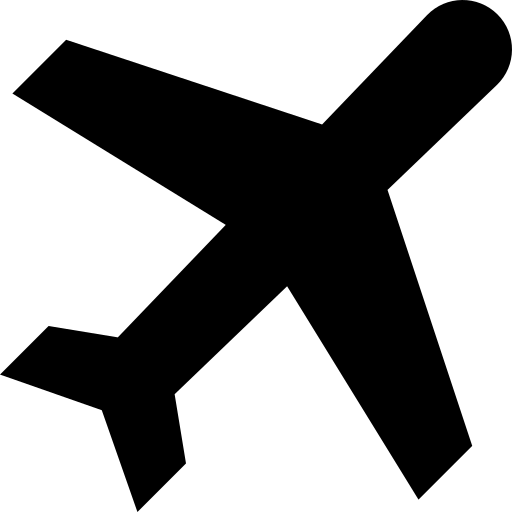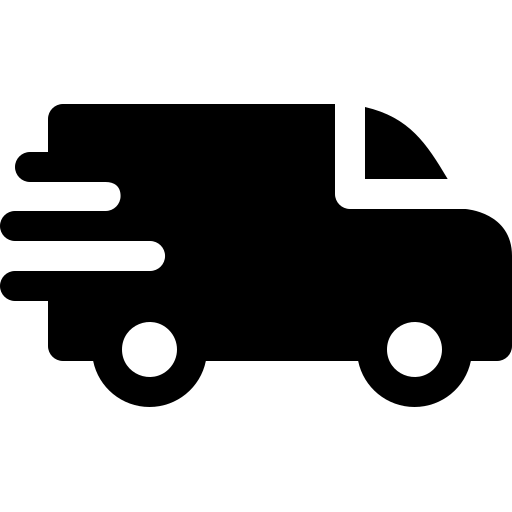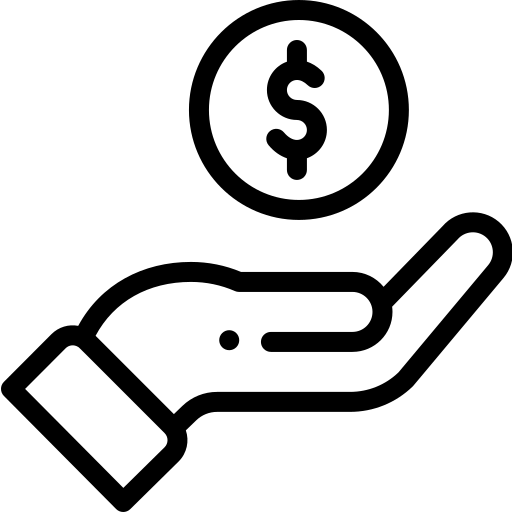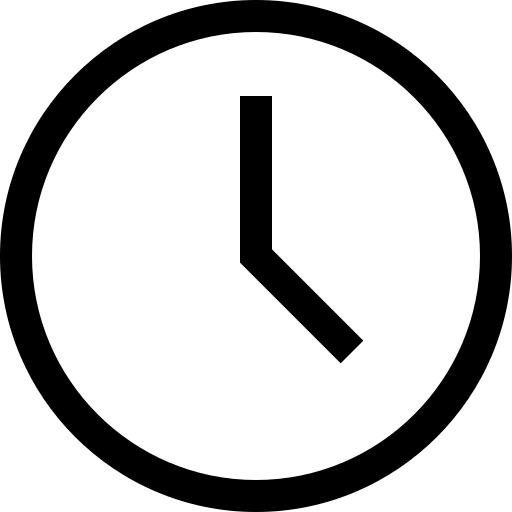
Reef Delete is the ultimate easy-to-use chemical free solution to rid your aquarium of all kinds of pests. Beat nature, naturally!
Reef Delete is the ultimate easy-to-use chemical free solution to rid your aquarium of all kinds of pests. Beat nature, naturally!
- Destroys Aiptasia, Mojano, Algae, Cyano, Flatworms, Invasive soft corals e.g Xenia and other similar pests
- Launched by ITC Reefculture – a brand of Seneye. Designed and manufactured in the UK at Seneye HQ.
- Pat. Pending
- Video https://player.vimeo.com/video/625410372?h=4d262a6f23
DOES NOT FUNCTION OUT OF WATER.
Reef Delete uses patented technologies coupled with a custom handmade ultra-focused, UV-C LED to efficiently destroy the DNA inside aquarium pests.
Our unique, proprietary wavelength destroys the DNA within a target organisms cells causing the cell function to stop and ultimately the pest shuts down and naturally decays without return. All that’s needed is a single long / multiple short daily exposures to cause devastating damage to the target organism.
This is achieved without using any chemicals or causing accidental damage to other aquarium inhabitants. Unlike chemical treatments, you cannot overdose Reef Delete on a target specimen. The more exposure given, the faster the organism will break down – and you can do it to as many as you like without fear of causing damage to your water chemistry! Get trigger happy!
Furthermore, if any similarities were to be drawn with lasers.. it acts in a completely different way to a ‘burning’ laser and is inherently safer due to no reflection and in-tank use. UV-C ensures the pest breaks down thanks to DNA damage which causes cataclysmic internal cell damage rather than burn off/cut off by the laser which can be easily repaired whereas the DNA damage cannot. See more below on maximising efficiency. The other huge plus is being able to use it inside the aquarium to ensures great angles of attack vs the limited “safe” angles via laser too!
The Reef Delete uses extremely high-quality custom-made ultra narrow beam optics on its LED including a silica quartz outer lens – all UV-C grade for ultimate transmission. This has all been built within a dive-proof quality CNC Aluminium enclosure and is rated IP68. The special optics are what helps Reef Delete punch the UV-C deep into the target organism.
To make Reef Delete safe to use, we built-in safety features to protect accidental activation outside of the aquarium, protecting the user and accidental activation by users who shouldn’t get their hands on it, such as our kids! Reef Delete cannot be activated out of water and shuts down if removed from being under way if the power button is held down.
Reef Delete works on all pests inc. Aiptasia, Mojano, invasive Xenia, Zoanthids, Cyanobacteria, Algaes, Flatworms etc to name a few and any other soft tissued organisms that can be annoying in the reef tank – not to mention bacteria and it’s ability to sterilise any surface in the aquarium! We look forward to the community providing us with examples of what they’ve creatively been able to cure and ‘delete’ from their tanks! We anticipate BJD too, but haven’t as yet been able to test this in laboratory conditions but is an exciting prospect.
We want users to use Reef Delete as the ultimate touch up pen, to get rid of a pest, coral disease or to cleanse an area of nuisance algae or bacteria. Prep new frag plugs, clean up coral bases.. It’s a tool for life.
WARNING: Reef Delete is a powerful Class 3 UV-C light source. UV-C is harmful to human and animal eyes and skin. Users must always follow the instructions and use the provided UV400 goggles. That said, UV-C Cannot penetrate through glass or acrylic well/at all and we include a UV-C Test card which has a special printed section that only glows under UV-C light so you can ensure that no UVC is escaping through your tank as well as verifying it works.. as we cannot see UV-C light!
Getting the best out of your Reef Delete:
How to achieve full photoinactivation and avoid photorecovery.
ADDITONAL INFO
UV-C Photoinactivation is the amount of UV-C radiation required to achieve a sufficient dosage to ensure that the target organism cannot recover from the damage caused and thus all biological activity is destroyed. In insufficiently damaged organisms and cells, photorecovery can occur in certain species. Special enzymes exist called Photolyase, which are themselves activated by visible light and can repair DNA sufficiently to allow the organism to recover. Humans no longer possess Photolyase enzymes but many bacteria, fungi, plants, invertebrates and some animals do. That said, we simply don’t know what reef species have this ability or not OR whether it can repair damage from UV-C as this isn’t naturally present in our atmosphere (bar under the hole in the ozone layer!) – but we found it worthwhile to make a point just in case. Typically, we are talking UV-A and UV-B.
The UV-C light range is from 100-280nm – Reef Delete uses a propriety wavelength closer to the germicidal efficiency peak than any other commercially available UV steriliser on the market. Our proprietary binned wavelength has specifically tested to ensure maximum and efficient photoinactivation in aquarium pests.
The difference in effective dose rate between species varies hugely, mostly depending on the complexity and size of the organism. For example, some species of bacteria and virus are the most easily inactivated whilst algae, cysts, moulds, viruses can require a higher dose rate and so on with multicellular organisms and animals requiring the most. Protozoans, often referred to as single celled animals can require up to 100x dose of some simple bacteria yet are still single celled. Reef Delete is more than capable of providing an effective dose, especially when coupled with a repeat treatment regime.
Ensuring the correct dose rate of UV-c depends on 4 factors. The wavelength of UV-c used, the output strength of the UV-c source the distance from the UV-c source and the length of time it is exposed for. Reef Delete uses a well-tested and proprietary wavelength and output – the rest is user defined.
Much light how light photons spread away from a light bulb, the beam is always brightest closest to the source, culminating in the greatest concentration of light photons. As visible light is a form of radiation the same as UV-c, the same physics apply. The closer to the Quartz Lens of the Reef Delete to the target, the higher dose rate will be achieved in a shorter amount of time. These are two are the critical user controllable factors in effective application of UV-C.
As most of the target organisms are multicellular, to provide sufficient damage to cause photoinactivation multiple doses over several days may be required. Part way along this natural decay will often occur and leave the organism open to bacterial attack/breakdown which can exacerbate the demise of the target which can be a secondary cause of death for the organism without need for additional exposures. Longer and multiple exposures provide the best chances for photoinactivation and no two species will be the same. The beauty is – you cannot overdose with Reef Delete so get trigger happy!
To avoid any effects of photolyase repair if it will happen in your target species, we recommend using Reef Delete just before lights out.
To aid natural breakdown and consumption of decaying matter after use of Reef Delete we recommend the use of the product Fritz Zyme 460 for saltwater and Fritz Zyme 360 in freshwater. Please read the manufacturer’s instructions.
Required exposure length in time and number of days/times this exposure is given will vary due to the size of the pest, its ability to photorecover and its biological condition before being exposed. Remember the more exposure the better – Damage may not be evident for a few days in some species, but they will go!




